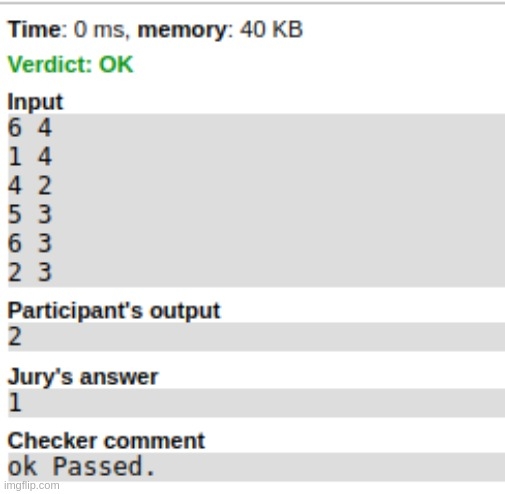I was solving this Problem.
The root (supposed to be unique) is the second number in the first line.
But the checker shows different answer, and eventhough my answer is different than checker it still passes.
Or is it that checker is outputting something else ? like number of queries used or something?











